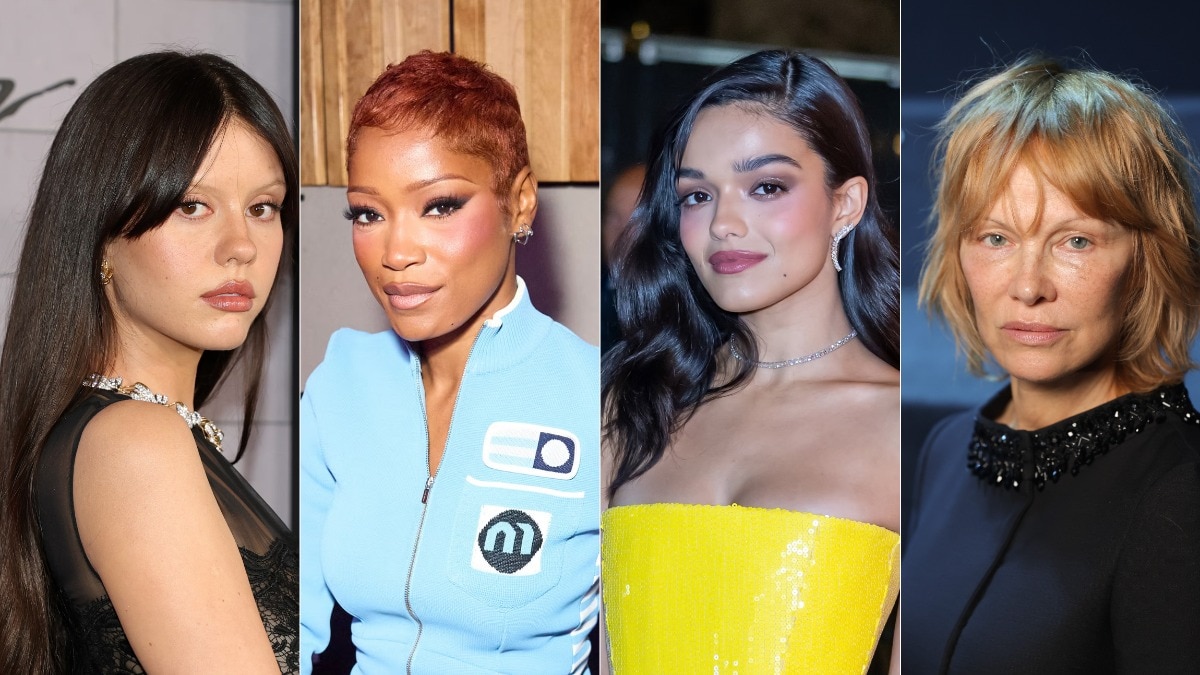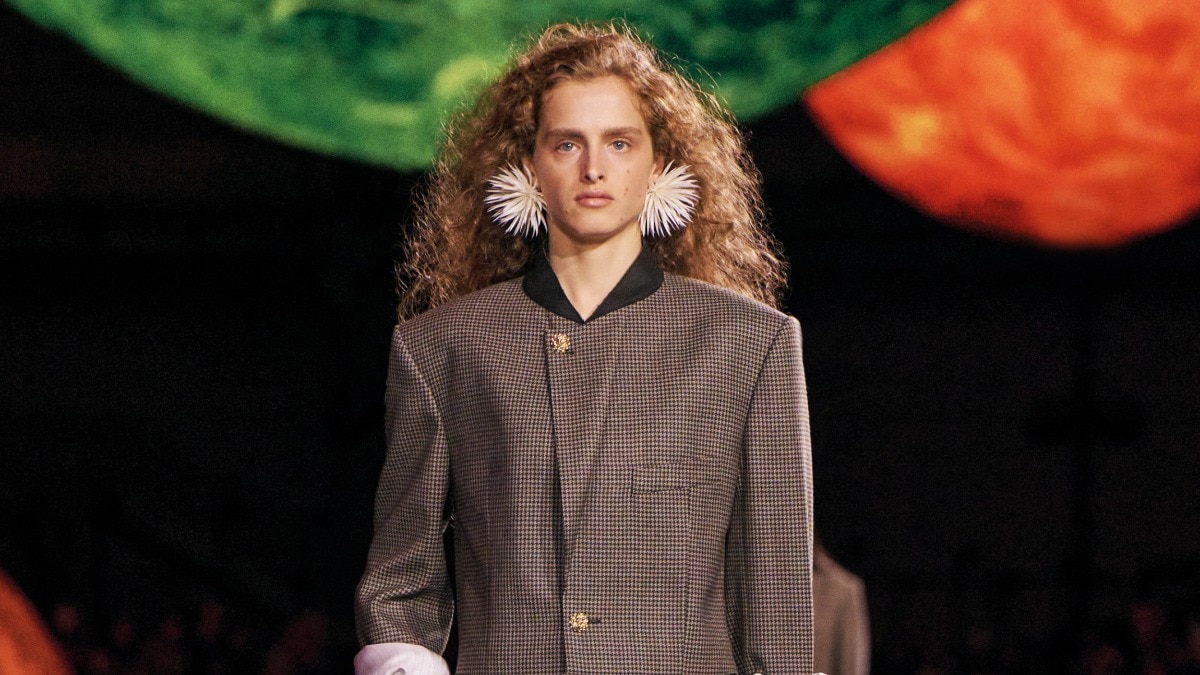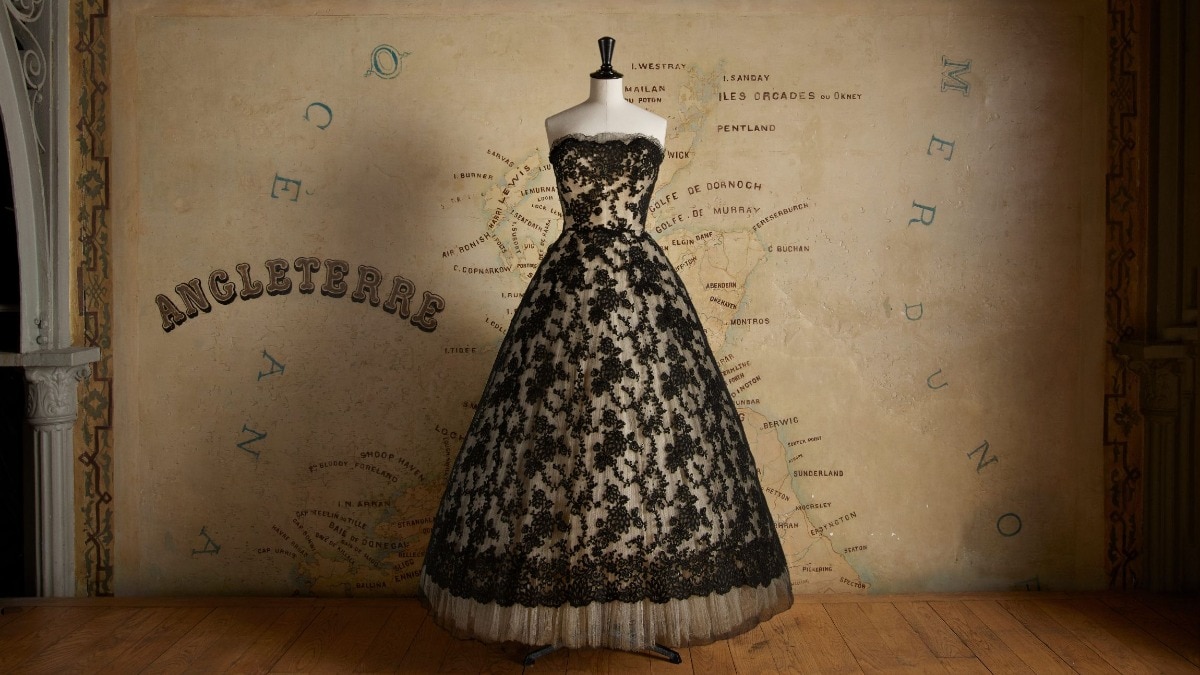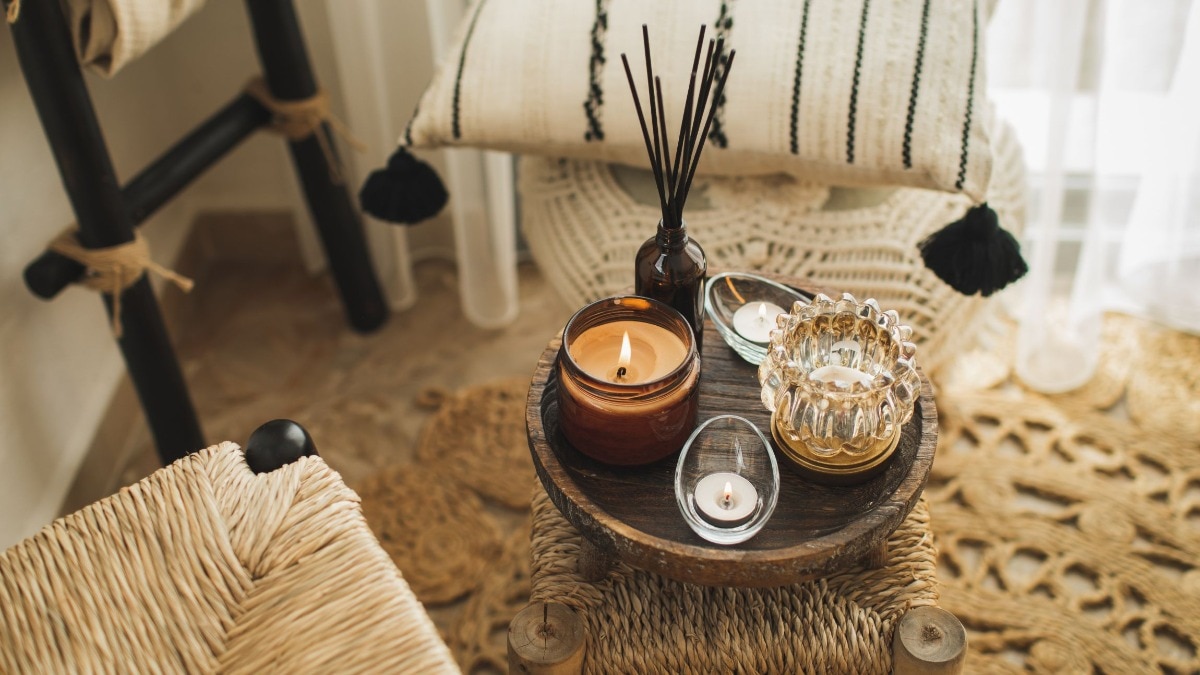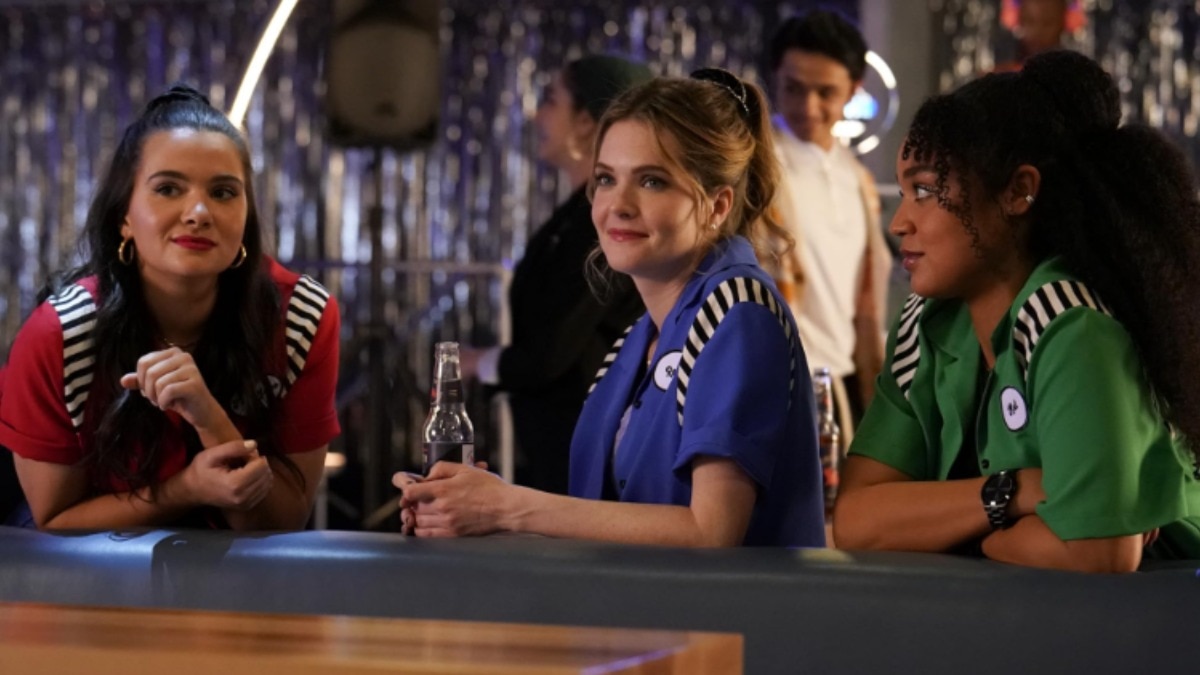How to (safely) bleach your hair at home
Colouring your hair at home can be done successfully. Bleaching, however, is much more complicated.


Colouring your hair at home is almost always a risk. But bleaching your hair at home takes certain level of guts—and planning. For the record, we always recommend seeing a qualified professional when time and money allow—but we also understand that sometimes, you've got to do what you've got to do. That said, no amount of temporary hair colour will correct a botched bleach job, so it’s important to prep and treat hair with the utmost care throughout the process. Then there’s the aftercare: from purple shampoo to conditioning treatments, your newly platinum strands will need extra TLC.
If you simply can’t resist a DIY blonde moment, the experts are here to talk you through it. Read on for bleaching tips from celebrity colourist Ryan Pearl, Madison Reed master colourist Shvonne Perkins, and celeb colourist and #mydentity founder Guy Tang.
What to Know Before Bleaching Your Hair
“Bleaching the hair is a very in-depth process,” Pearl explains. “A lot of factors go into achieving good colour when using bleach, such as the hair’s overall condition, processing time, and also the pattern of the highlights.” Perkins agrees: “Bleach can be incredibly damaging to your scalp health. From a results point of view, it’s extremely hard to anticipate results from bleach, since it often leaves your hair colour somewhere between orange and yellow.”
Generally speaking, it’s better to do a root touch-up than attempt a full platinum makeover. “I would recommend colouring your roots well before bleach dyeing your entire head of hair,” Perkins adds. “A full head of bleach is such a complicated and unique process—there is no universal process that fits everyone, with the timing and application subject to change depending on your hair colour and hair type.”
When to Bleach—and When Not To
The first step is determining if your hair is healthy enough to bleach. If your hair is super-fine or you’re experiencing any kind of porosity issues, such as frizziness, dryness, and breakage, leave the bleaching to your professional colourist, who can use the most appropriate products and strengtheners for your hair.
“The big questions you have to ask yourself are, how hydrated is my hair? Is it coarse? When was the last time my hair was coloured, bleached or received an in-salon service," Tang advises. Your answers should determine whether or not to move forward.
If your hair colour is naturally blonde or light brown, you can likely go forth and conquer with store-bought colour. “For those with lighter brown or light hair, you can use permanent blonde colours to touch up your roots. You might not get the same lift or tonality as bleach highlights, but at least it’s not a colour correction waiting to happen,” Perkins says. The same can be said for those looking to touch-up grown-out highlights: “The Madison Reed Light Works Balayage Kit contains enough bleach to lighten your hair, but will allow for a much more controlled and gentle application, steering clear of your roots," the coloruist says. "It also comes with a toner and bond-building cleansing treatment in the box to avoid emergencies while doing home highlights.”
The Prep
“As far as bathroom setup goes, I always like to treat mine as a little ritual space,” Perkins says. “I’d recommend putting down some parchment paper and laying everything you need out, so once you begin the process, you don’t have to go searching around for things. Think of it like mise en place (for cooking ingredients], but for your hair.
Here’s what you’ll need:
Hair bleach of choice
Old T-shirt
Old towel
Hair clips
Shampoo
“Hair should almost always be somewhat clean and dry—meaning no dry shampoo, no styling products, and no excessive oils, although a little natural oil is fine," Perkins says. Remember, bleach is notorious for ruining fabrics—so choose what you wear wisely. “Remove your bathroom rugs to ensure nothing drips. If any product does accidentally get on the floor just wipe it up to ensure no harm is done,” Tang adds. “Another good tip is to be sure you are in clothes that allow you to easily wash your hair. Whether you are getting in the shower or having a friend help you rinse it, when that timer goes off, make sure you shampoo immediately."
How to Bleach Your Hair at Home
Section the hair into four quadrants in order to neatly apply the product. You'll also want to apply the bleach to smaller segments within each section to ensure you're fully saturating the hair.
Then, apply bleach one inch away from the scalp, and work down the hair section. It's important not to start at the scalp, as it processes quicker from body heat. Once the rest of the hair is done, go back and apply bleach to the roots.
Let bleach process between 20-45 minutes, depending on your hair color, desired results, and package directions. “I recommend reading the manufacturer directions on the back of the bottle to ensure you aren’t over-processing,” Tang says.
When the timer goes off, shampoo immediately and thoroughly.
The Upkeep
One of the most important parts of lightening your hair, whether you do so at home or at a salon, is how you treat it after the fact. “Hair care is key, both pre and post color,” Pearl says, who recommends Hush & Hush’s DeeplyRooted hair supplement to keep hair healthy before and after a color service, as well as Redken Frizz Dismiss Leave-In Cream. Tang is also a fan of deep conditioning, and says that if a hair mask isn’t doing the trick on its own, “hit it with a blow dryer to ensure the hair cuticle is soaking up all the nutrients to rehydrate your hair.”
When you’re able to get to the salon again, Tang recommends asking your stylist for the #Mydentity #Myhero Collagen Treatment to help with hair elasticity, as well as an Olaplex treatment for strengthening.
Meanwhile, Perkins is a fan of glosses to keep color looking brand-new. “People often color their hair too frequently because they see it getting dull, when they don’t necessarily need a permanent colors," the expert colorist adds. "Glosses are a great way to freshen up your colour without causing any damage.”
Meet the Experts:
Ryan Pearl is a celebrity colourist.
Shvonne Perkins is a Madison Reed master colorist.
Guy Tang is a hair colour expert and founder of #mydentity.
This piece originally appeared in Harper's Bazaar US


